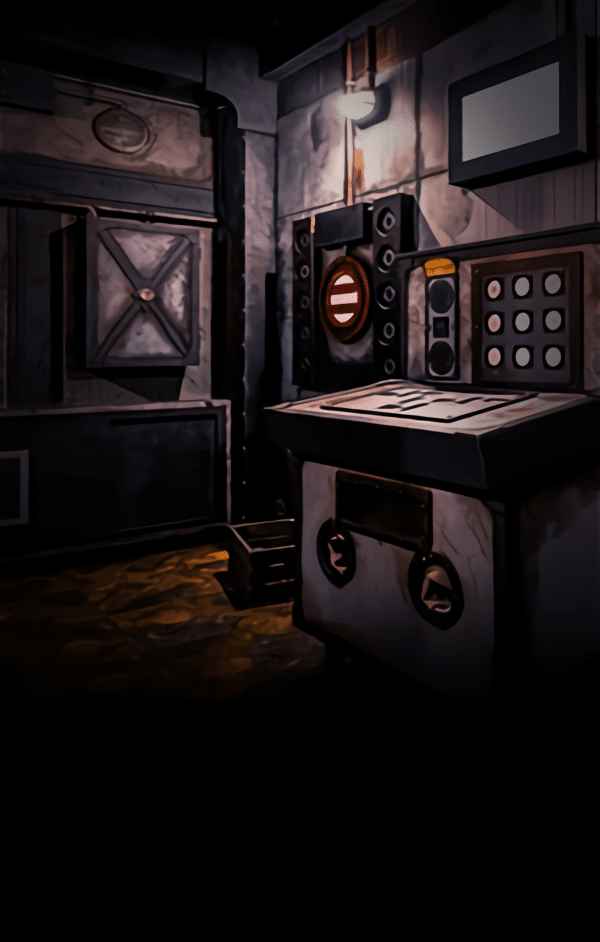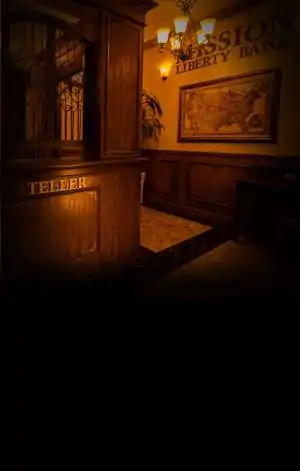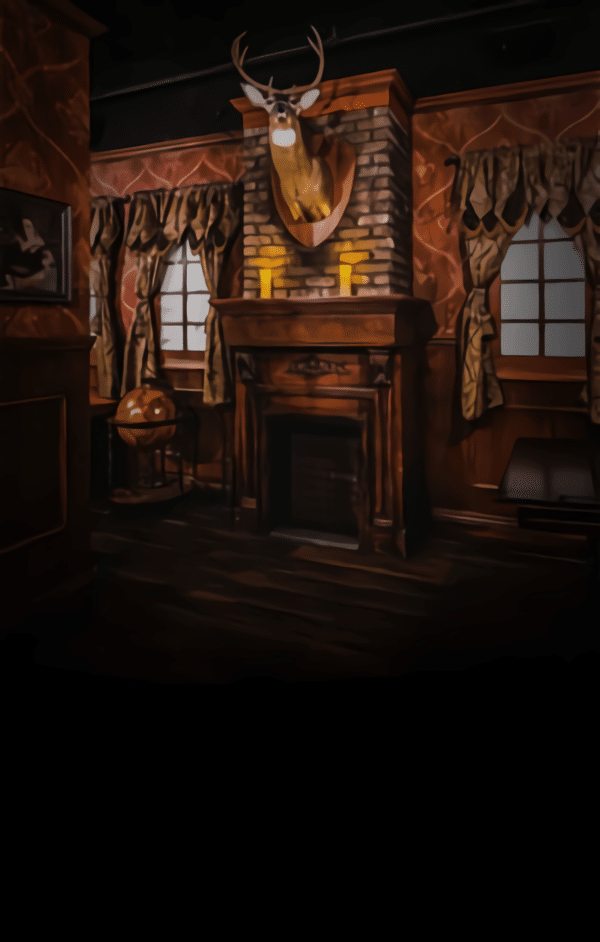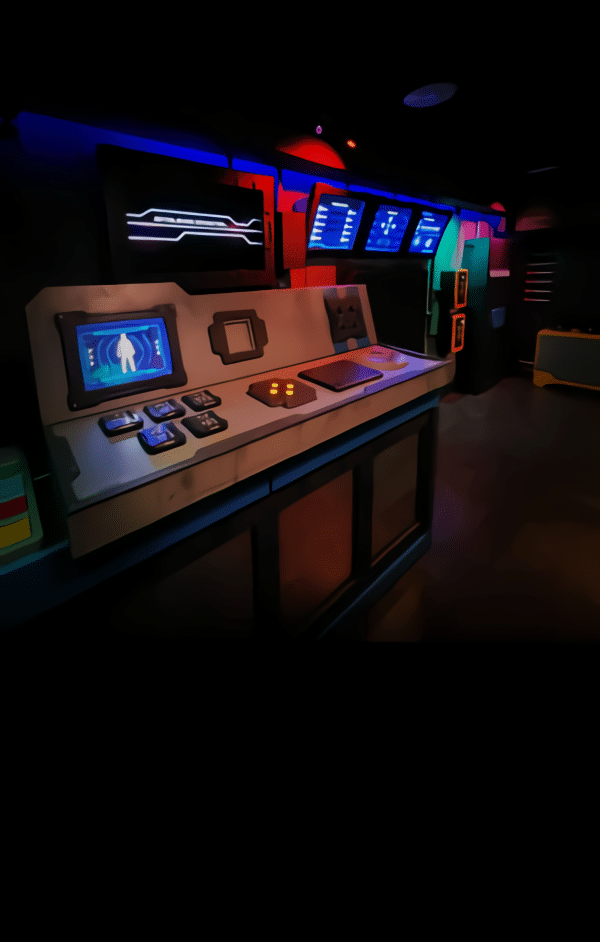Escape rooms are known for their thrilling puzzles, immersive storylines, and teamwork-driven experiences. One of the most fascinating aspects for players is how venues balance different difficulty levels to accommodate both beginners and seasoned enthusiasts. In New York City, especially at Mission Escape Games, the design and execution of each room ensures players of all skill levels can enjoy the challenge. Below, we’ll explore how an escape room New York location like this manages difficulty levels to create unforgettable adventures.
Understanding the Concept of Difficulty Levels
Difficulty levels in escape rooms refer to the complexity of puzzles, time management challenges, and teamwork requirements. A beginner-friendly game usually includes more straightforward riddles, visual clues, or guided hints, while advanced rooms may involve multi-layered logic puzzles, minimal direction, and intricate plot twists. Venues strike a balance by designing experiences that test mental sharpness while still offering a path to success.
Puzzle Variety and Complexity
The way puzzles are crafted often defines the difficulty level. Easier rooms may use pattern recognition, matching games, or hidden object searches, while challenging ones incorporate math-based sequences, deductive reasoning, or time-sensitive mechanics. In New York, puzzle designers carefully layer these elements, ensuring progression feels natural but increasingly difficult as the storyline unfolds.
Role of Game Masters in Adjusting Difficulty
Game Masters play a pivotal role in how players experience difficulty. They monitor progress, provide hints, and adjust pacing depending on the group’s performance. For example, if a team struggles early on, the Game Master might drop subtle nudges to help them build momentum. On the other hand, for expert groups, hints are given sparingly to maintain the challenge.
Thematic Influence on Difficulty
The storylines of rooms like “End of Days” or “Hydeout” naturally impact difficulty. Horror or suspense themes often heighten tension, making players second-guess themselves, while futuristic or detective-themed rooms lean into problem-solving and logic. The atmosphere, sound effects, and props immerse participants, making even simple puzzles feel more complex in context.
Group Size and Its Effect on Challenge
Larger groups may find puzzles easier because they can divide tasks, while smaller teams experience increased difficulty. Escape room designers in NYC accommodate this by scaling puzzles to fit group dynamics. A puzzle that requires multiple steps can feel straightforward when six players tackle it, but much tougher with only two.
Replayability and Alternative Clues
One way venues balance difficulty is by introducing multiple solutions or alternate paths. This prevents bottlenecks and allows creative thinking. Rooms often contain optional puzzles that reward teams with faster completion times but are not mandatory for escape. This creates varied experiences for players and caters to different skill levels.
The Use of Time Pressure
Most escape rooms are designed with a strict time limit, often 60 minutes. Time pressure amplifies difficulty even in otherwise simple puzzles. In NYC escape rooms, designers carefully calibrate the number of puzzles and their complexity to ensure most teams are challenged but not discouraged.
Technology’s Role in Difficulty
Modern escape rooms often integrate technology such as sensors, automated locks, or augmented reality features. Technology can increase difficulty when used to create unexpected interactions, like triggering hidden compartments or requiring coordination across multiple props. It also ensures puzzles evolve beyond traditional padlocks and codes.
Player Adaptation and Learning Curve
First-time players may find even basic rooms challenging, while experienced players develop strategies over time. Escape room designers account for this by providing a range of difficulty levels across their game catalog. For instance, “Carbon: 3708” may appeal to those seeking futuristic challenges, while “Hydeout” attracts fans of mystery and deduction.
Conclusion
Escape rooms in New York City masterfully manage difficulty by blending puzzle design, immersive themes, group dynamics, and technology. Whether you’re a first-time participant or a seasoned enthusiast, there’s always a challenge that matches your skill level. With carefully curated experiences like those at Mission Escape Games, the journey to unlocking mysteries remains exciting, rewarding, and unforgettable.
Frequently Asked Questions
Q: How do escape room New York handle difficulty levels?
A: They balance puzzles, themes, time pressure, and hint systems to create experiences suitable for beginners and advanced players alike.
Q: Can beginners enjoy escape rooms in New York?
A: Yes, many rooms are designed with accessible puzzles, helpful hints, and immersive storylines that allow newcomers to succeed while still being challenged.
Q: Do all escape rooms offer different difficulty options?
A: Most venues, including those in NYC, provide a variety of rooms with different challenge levels, ensuring options for families, friends, and expert players.
Q: How much do Game Masters influence difficulty?
A: Game Masters adjust the challenge by offering hints and guiding players if needed, ensuring the experience remains fun without being overwhelming.
Q: Is replaying the same escape room worthwhile?
A: Absolutely. Many rooms offer alternate clues, optional puzzles, or new strategies that create a fresh experience, even for returning players.









